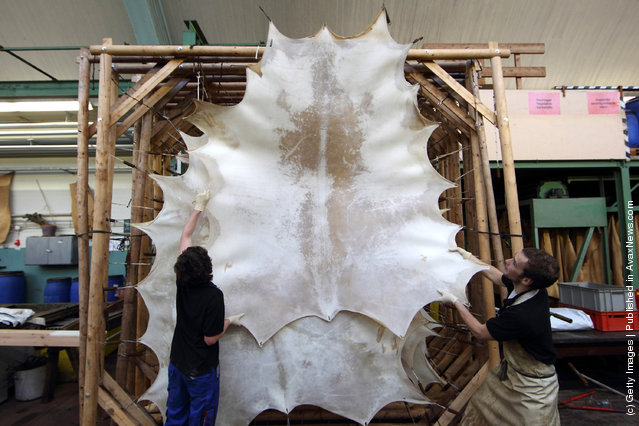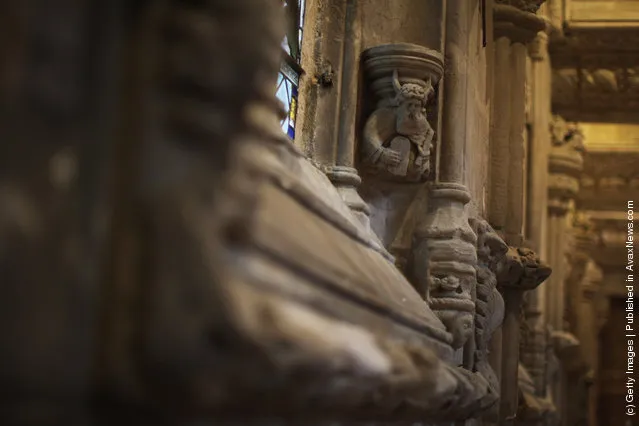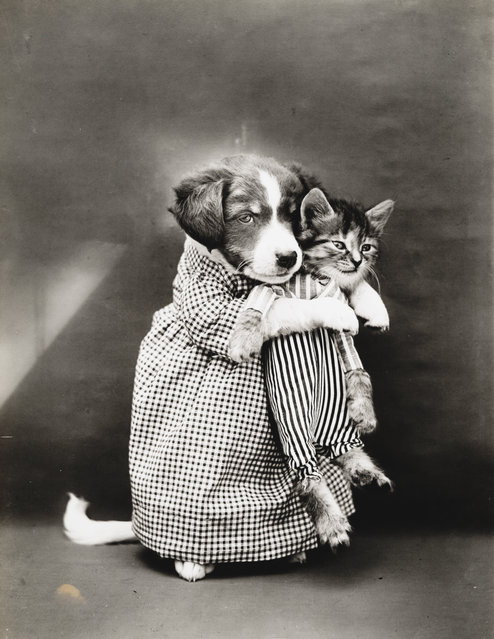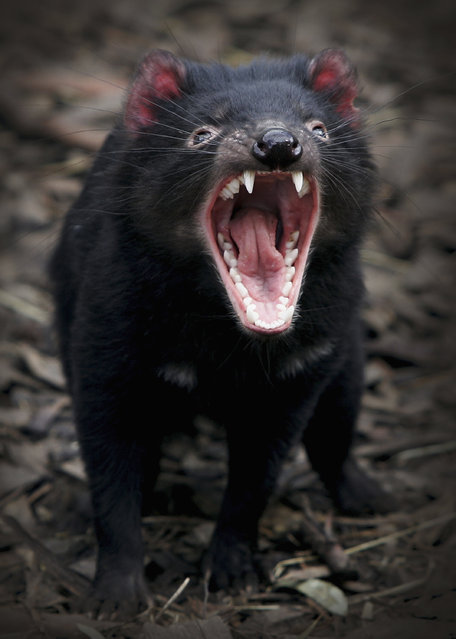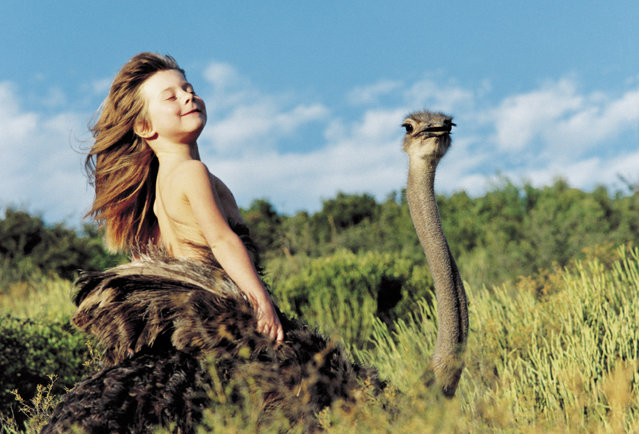
Tippi aged 6 sitting on the back of Linda, a tamed ostrich in South Africa, 1996. Incredible pictures of the real life Mowgli, a girl who spent the first ten years of her life growing up in the African bush, have been released for the first time. The magical images chronicle the life of Tippi Benjamine Okanti Degré, who was brought up with wild animals, just like Rudyard Kipling's hero did in The Jungle Book. (Photo by Sylvie Robert/Barcroft Media)
10 Dec 2016 08:48:00,post received
0 comments



